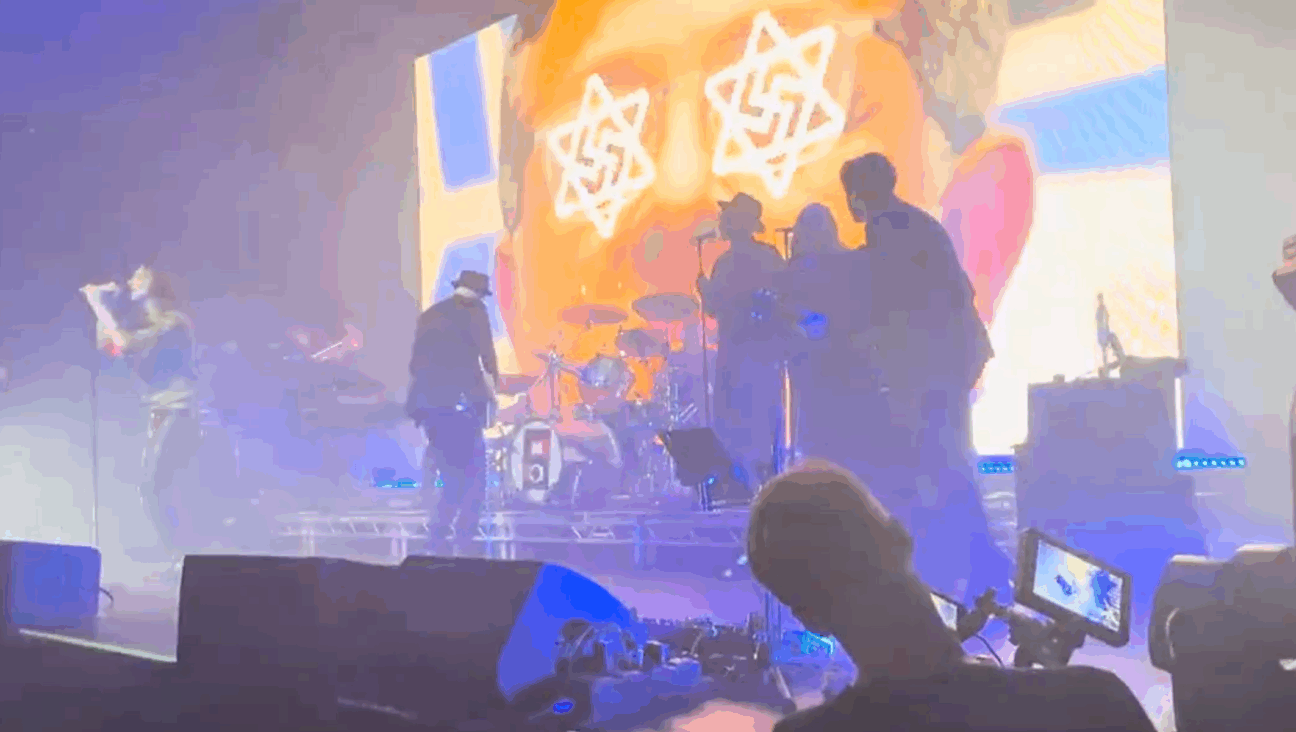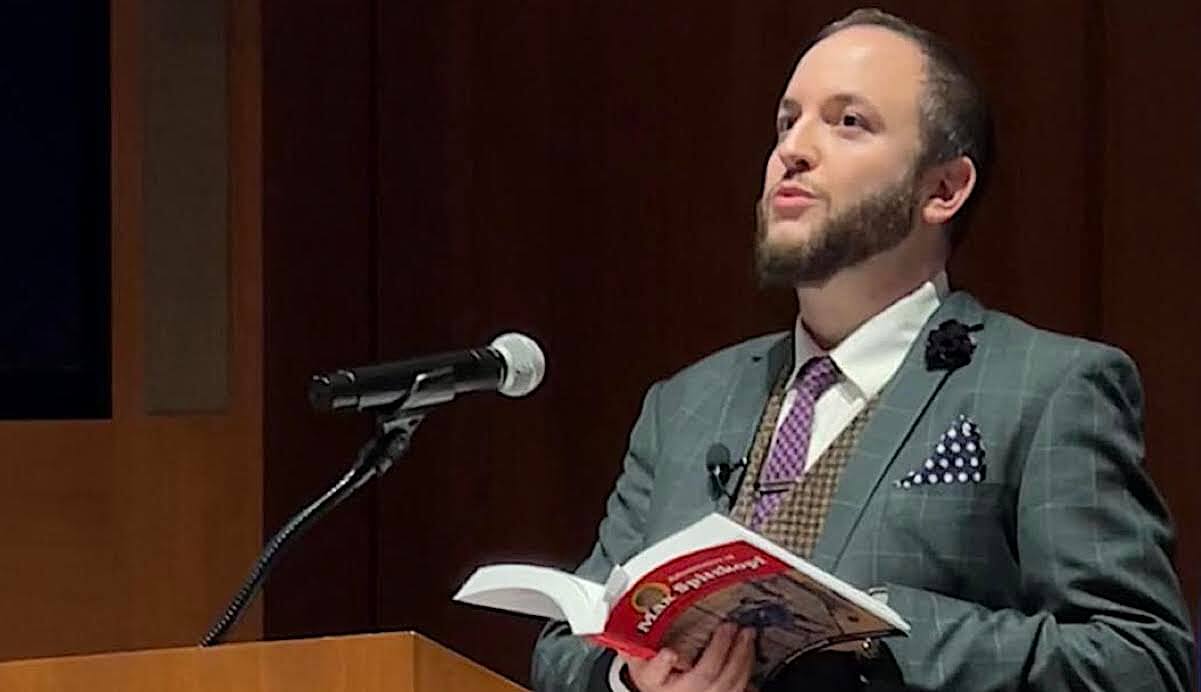A Controversy Exhumes Long-buried Memories
Earlier this month, a curious “Park of Quiet” opened in the heart of Lithuania’s capital city. Despite its soothing name, the site is boiling with controversy.
At issue is this Baltic country’s struggle to face an extraordinarily tumultuous past. Ten years ago, archaeologists exhumed some 700 bodies from beneath the green lawn of an old estate known as Tuskulenai Manor near the banks of the River Neris. Forensic analysis showed that the victims had been executed just after World War II, at the height of Lithuania’s doomed guerrilla struggle against Soviet rule. After being shot inside the headquarters of the KGB, the Soviet secret police, they’d been buried secretly, right in the middle of town.
Newly independent after almost 50 years behind the Iron Curtain, Lithuanians were outraged. Plans for a memorial at the mass grave — a monument to honor the nation’s suffering and its resistance to Stalinist oppression — were set in motion almost immediately.
Then investigators unearthed another painful truth: Archival research disclosed that some of the bodies — hundreds, in fact — were those of Nazi collaborators who’d helped to massacre Lithuania’s Jewish population in 1941.
A new outcry arose, this time from Lithuania’s tiny Jewish community, which protested “the erection of a common memorial to those who are considered to be freedom fighters and those who, based on all moral norms, are war criminals and indictable offenders.”
It wasn’t possible to separate the bones into two neat piles — patriots here, criminals there — and so construction came to a halt, and a stormy debate began over what to do with the bodies and with the site itself.
“It was very hard to reach a final decision,” said Diana Varnaite of the Lithuanian Ministry of Culture, “because among the heroes of the nation lie the bodies of people who are absolutely opposite.”
After years of dispute and delay, a new plan emerged. Instead of a pantheon of heroes, the Tuskulenai site will be “a place of reflection,” Varnaite said. “The idea is for people to concentrate, to stay silent.”
At this month’s ceremony, the victims’ remains will be interred in a newly constructed columbarium, a sunken domed room with walls that are lined with vaults. After speeches by the minister of culture and a member of the Lithuanian Union of Political Prisoners and Deportees will speak, and then an official of the Catholic Church sanctified the bones. Representatives of other faiths were invited to attend.
After much deliberation, “the architecture of the building has a shape accessible to every person and every religion,” according to Varnaite.
Yet despite the ministry’s intentions, the structure has an unmistakably Christian appearance. To reach the columbarium, visitors must pass through a gateway formed from massive twin crosses. Although Simonas Alperovicius, who heads the Jewish Community of Lithuania, has expressed his satisfaction with the finished product, others are not pleased. Emmanuel Zingeris, director of the Vilna Gaon Jewish State Museum has withheld his approval from the project and did not attend the ceremony.
Most often in Lithuania today, history tends to be served up in pieces. The Jewish museum on Pamenkalnio Street tells the story of the Nazi era, when 90% of the nation’s 240,000 Jews were killed. Here, a large map pinpoints more than 200 mass murder sites where tens of thousands were shot and hastily buried. On the other side of town, on the newly named Auku (“victim”) Street, the former KGB headquarters houses an entirely different institution, the Museum of Genocide Victims, which addresses the Soviet era, seeking “to immortalize the freedom fighters and victims of the Soviet genocide.”
All together, it is estimated that the country lost up to one-third of its population to massacre, war casualties, deportations, executions and immigration between 1940 and 1952. Decades after the events, a competitive martyrology lingers on.
“Of course everyone sees his own suffering first of all,” said Irena Veisaite, leader of Lithuania’s Open Society Fund. “This doesn’t contribute to an easy dialogue.”
One place where dialogue does occur is the International Commission for the Evaluation of the Crimes of the Soviet and Nazi Occupation Regimes, established by President Valdas Adamkus in 1998. The commission’s structure is controversial: Some fear that the dual focus implies a historical parity between the two eras; others praise the group’s groundbreaking research and education initiatives.
Tuskulenai, too, with its intermingled bones, has forced Lithuanians to hold up the Nazi and Soviet eras for simultaneous inspection. The next phase at the “Park of Quiet” calls for more of the same: A three-room museum is to be created near the columbarium by 2007, which, in Irena Veisaite’s view, will be vitally important.
“It must present the very complex truths of those times,” she said.
















